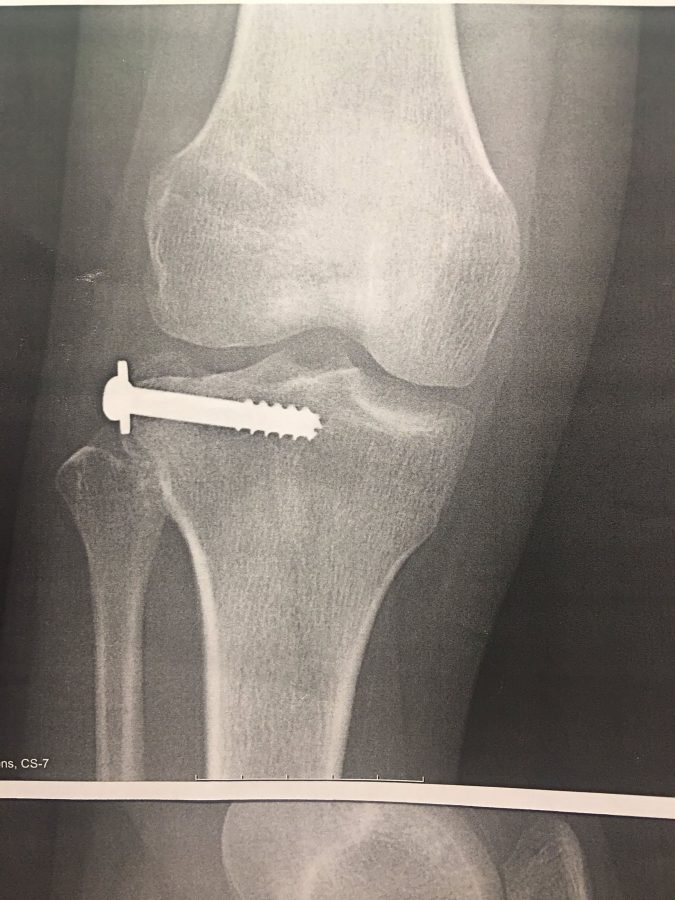Sports injuries
How athletes cope with losing their ability to play
October 21, 2016
High school athletes account for an estimated 2 million injuries and 500,000 doctor visits and 30,000 hospitalizations each year.
“Being an athlete is a twelve-month job. Stay on top of your game, train throughout the year, stay in shape, and hopefully don’t get hurt.” Said Oscar Meza the East High school girls’ soccer coach. Meza has been a soccer coach for 15 years. “I see players get hurt every season I coach.” Meza also added “I always feel bad for the player. Especially if the injury ends the season. Hopefully with pre-season workouts nobody will get hurt this year.” Athletes always get hurt, but over the year’s injury rates for all athletes have been going up.
“My job as an Athletic Trainer is to help prevent injuries from happening, help provide the best care for new injuries, as well as rehabilitating injuries to get the athlete to return to play safely and have a less likely chance of re-injury,” said Stacie Brown the East High School athletic trainer. Stacie is a certified and licensed athletic trainer, she works with all the sports at East for each season. Among athletes ages 5 to 14, 28 percent of football players, 25 percent of baseball players, 22 percent of soccer players, 15 percent of basketball players, and 12 percent of softball players were injured while playing their respective sports
Although there are plenty of students at East that participate in sports, but there’s still some that don’t particularly want to be an Athlete. “I usually hear about injuries commonly correlating with contact sports,” said Siara Kozeliski an East High student. “I believe in more safety regulations, people put themselves at risk,” she added. Siara has known people with athletic injuries and thinks that some contact sports should have more safety rules to keep players safe on the field or court.
It doesn’t matter how common the activity is in your sport, it might be more dangerous than you think. Marisa Anderson, a softball, basketball, and rugby player at East said, “I got tendonitis while throwing a softball,” It ended up taking two weeks for her to heal. To some that doesn’t seem long but to an athlete it’s a hard process. Sometimes when an athlete gets hurt it can affect their school work.
“I was hit in the side of the head,” Justin Hall received a major head on collision during rugby practice. Justin participates in rugby, football, and wrestling. “I would have used better technique next time and turned my body more,” after the concussion Justin has trouble walking to his classes’ temporarily, trouble focusing and staying on topic. “You can’t do certain activities with the back and foot pain that can occur, can’t participate in certain classes,” Hall added.
Even though some sports can be dangerous students can still participate without worrying as long as they stay safe. “This year we are fortunate for good coaches; we haven’t had very many injuries yet,” commented the athletic director at East, Kim Smith. “It’s a great way for kids to know other students, helps kids be responsible, work on teamwork, and become better people.”

